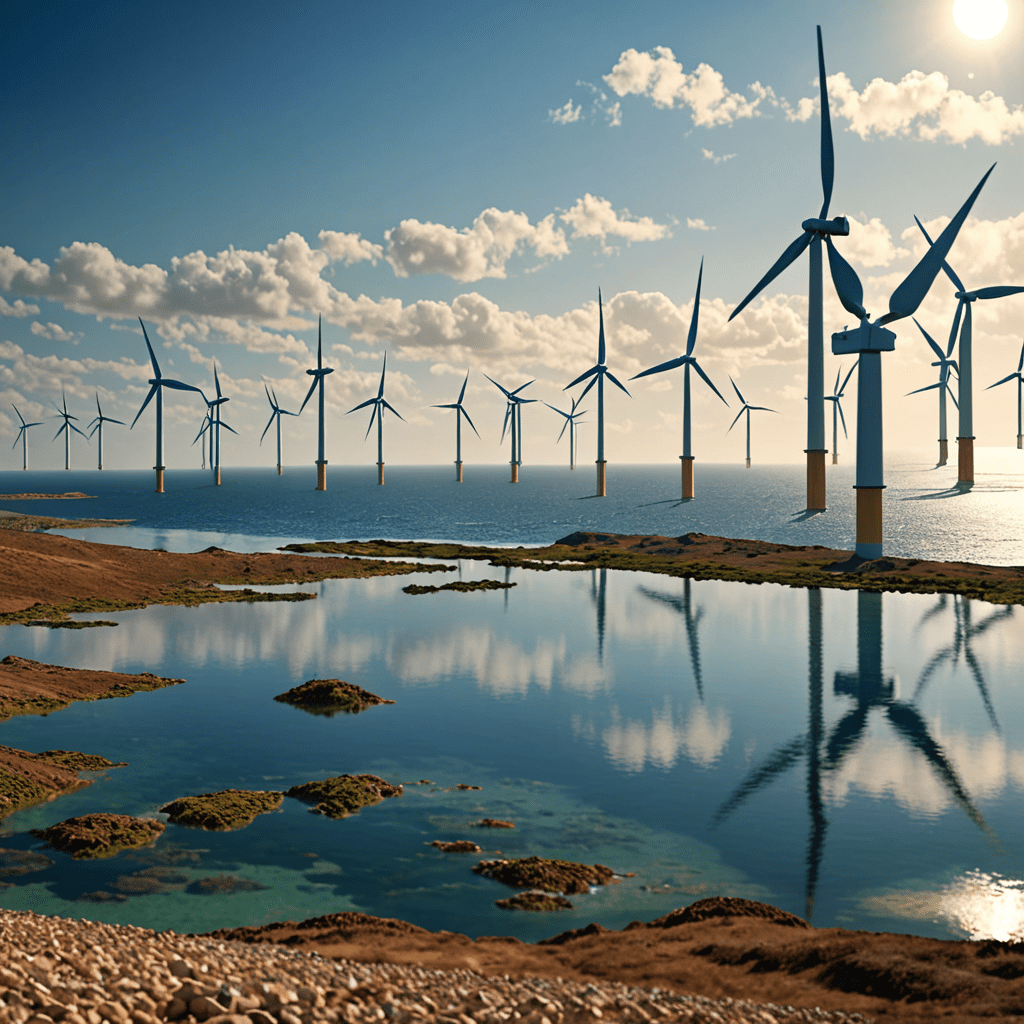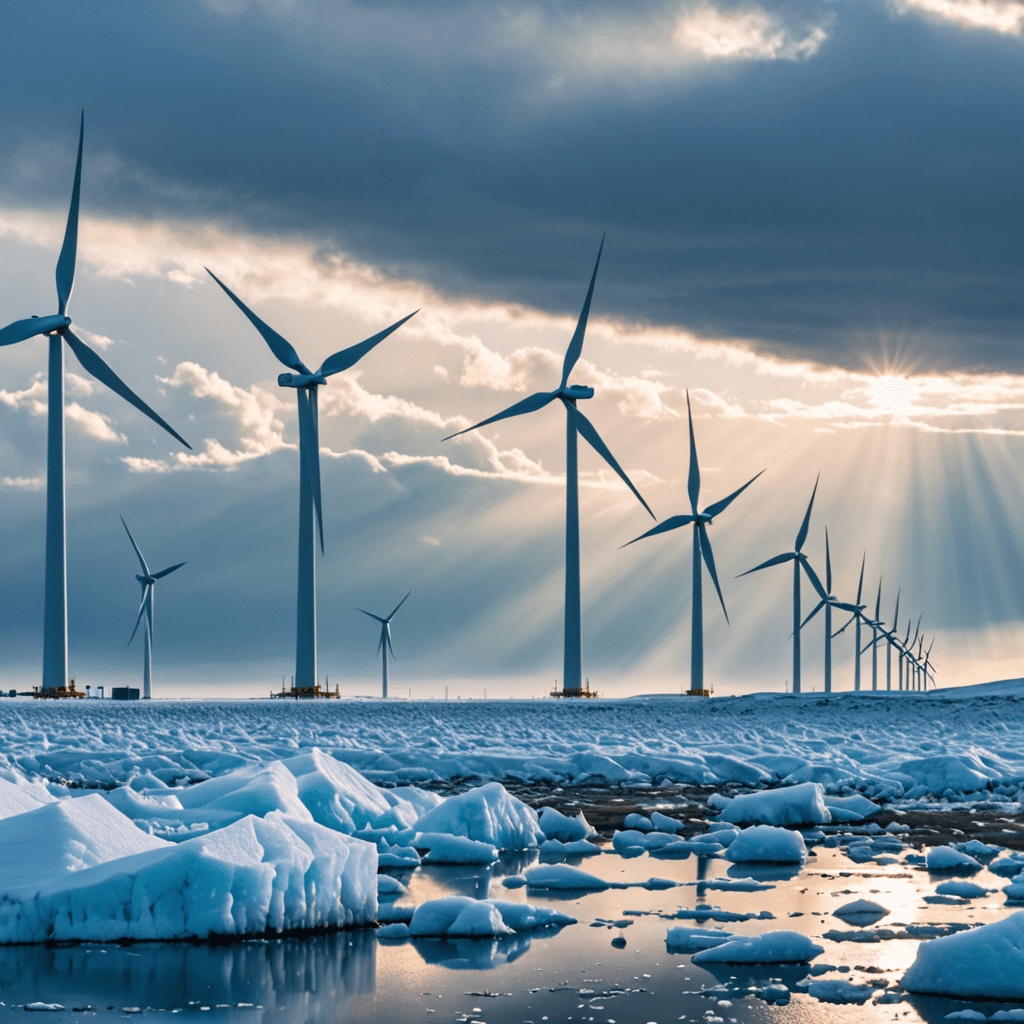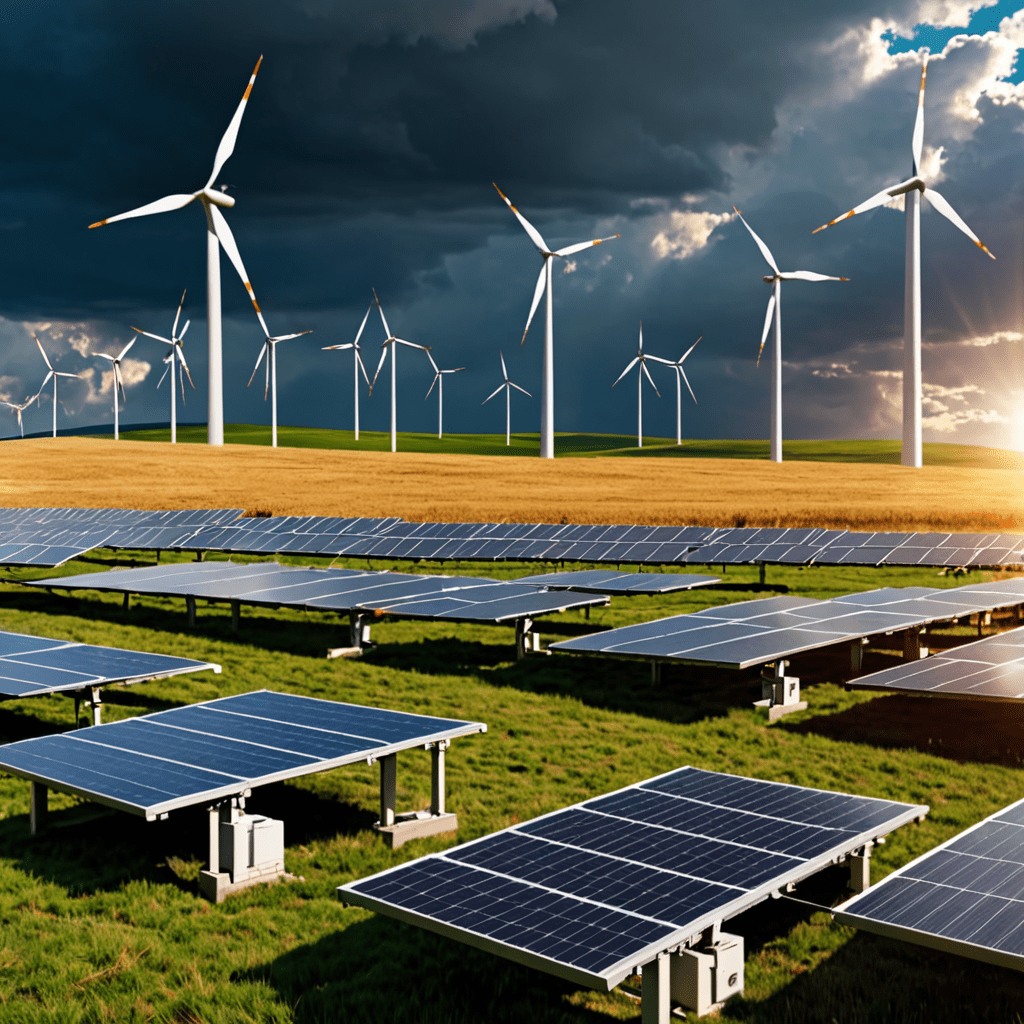Wind Energy’s Contribution to Desalination Processes
Wind energy, a renewable and sustainable power source, plays a crucial role in supporting desalination processes globally. Combining these two innovative technologies brings about numerous benefits for both the environment and providing fresh water solutions.
The Significance of Desalination
Desalination is the process of removing salt and other impurities from seawater or brackish water to make it suitable for consumption or irrigation. With water scarcity becoming a pressing issue in many regions, desalination offers a reliable method to access clean water. However, this process traditionally consumes a significant amount of energy.
Integration of Wind Energy
By harnessing the power of wind energy, desalination plants can reduce their reliance on non-renewable energy sources. Wind turbines convert kinetic energy from the wind into electricity, offering a sustainable power solution for desalination processes. This integration helps lower operational costs and minimize the carbon footprint associated with water production.
Wind-Powered Reverse Osmosis
One of the most common desalination techniques, reverse osmosis, involves pushing seawater through a membrane to separate salt and contaminants. When powered by wind energy, these reverse osmosis systems become more efficient and environmentally friendly. The consistent energy supply from wind turbines ensures a continuous water production cycle.
Advantages of Wind-Powered Desalination
Using wind energy for desalination processes offers several advantages. It helps reduce greenhouse gas emissions, promotes energy independence, and contributes to sustainable water management practices. Additionally, wind-powered desalination plants are often more resilient in the face of power outages or disruptions.
Global Impact and Future Prospects
Wind energy’s contribution to desalination is not limited to specific regions. Countries around the world are increasingly exploring the potential of coupling these technologies to address water scarcity challenges sustainably. As technology advances, the efficiency and affordability of wind-powered desalination are expected to improve further.
Conclusion
In conclusion, the synergy between wind energy and desalination processes presents a promising solution to the growing demand for clean water. By utilizing renewable resources to power water treatment facilities, we can work towards a more sustainable future where access to freshwater is ensured for generations to come.
FAQs about Wind Energy’s Contribution to Desalination Processes
1. How does wind energy contribute to desalination processes?
Wind energy is utilized to power desalination plants, mainly through wind turbines generating electricity. This electricity is then used to operate the desalination systems that convert seawater into freshwater.
2. What is the role of wind turbines in desalination?
Wind turbines act as sustainable power sources for desalination plants. By harnessing the wind’s kinetic energy, turbines generate electricity that powers the pumps and processes essential for desalinating seawater.
3. Why is the combination of wind energy and desalination crucial?
The synergy between wind energy and desalination helps in providing sustainable and renewable sources of freshwater in regions where water scarcity is a pressing issue. This combination supports eco-friendly water production.
4. How efficient is the integration of wind energy into desalination processes?
When properly implemented, the integration of wind energy can enhance the sustainability of desalination processes by reducing reliance on fossil fuels for power generation. This results in lower operational costs and decreased carbon footprint.
5. Are there any challenges in utilizing wind energy for desalination?
While wind energy offers numerous advantages, challenges include intermittency of wind supply, variations in wind speed, and the need for storage solutions to



